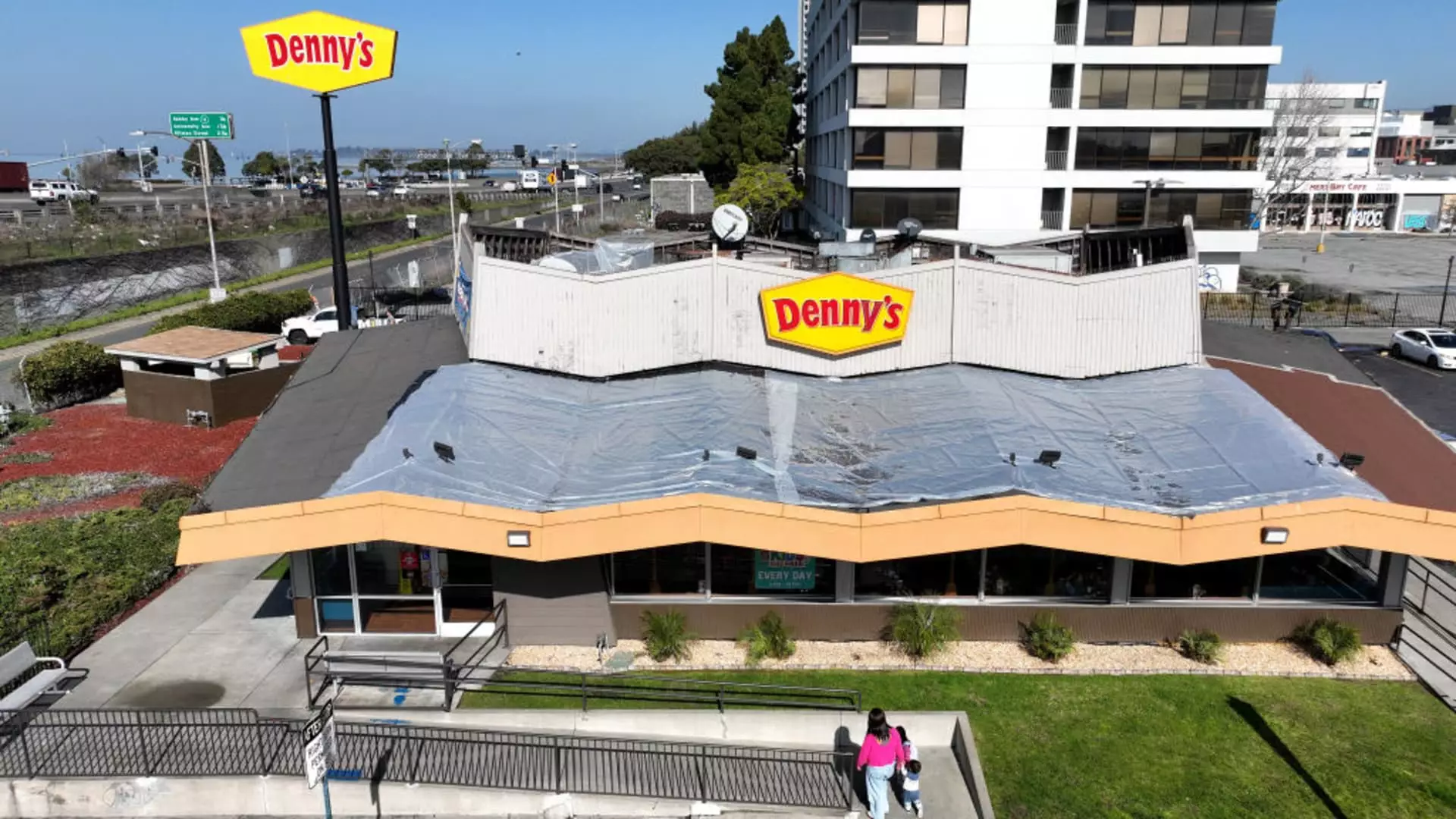The restaurant industry has faced significant turmoil in the past year, with many chains grappling to stay afloat amid economic challenges. As consumers tightened their belts due to soaring inflation, the effects rippled throughout the dining sector. This narrative of struggle culminated in a considerable uptick in restaurant closures in 2024, with chains reevaluating their business models to survive.
The shifting dynamics of consumer behavior have been pivotal in shaping the fate of restaurants this past year. Inflation, which has dogged the economy, prompted diners to reassess their spending habits, resulting in a discernible pullback in restaurant visits. According to data from Black Box Intelligence, aggregate visits to U.S. restaurants dropped significantly over the first ten months of 2024. With consumers now placing a premium on value and discounts, many are exploring alternatives that promise quality at a lower price point, distancing themselves from casual dining experiences that once flourished.
Fundamentally, restaurants that failed to adapt to changing consumer demands have been left vulnerable. The industry’s attempts to encourage patronage have often fallen short, pushing more establishments into faltering sales and mounting bankruptcy filings. An alarming 26 restaurant companies sought Chapter 11 protection by the end of 2024—a stark contrast to the pandemic’s peak when the number of filings was considerably lower.
A particularly vulnerable segment has been casual dining chains, many of which struggled to draw customers amidst a fierce competitive landscape. Fast-casual dining brands, like Chipotle and Sweetgreen, have increasingly stolen market share, providing greater convenience and perceived better quality, further squeezing traditional chains.
One of the most notable casualties of this shift has been Wendy’s. In late October, the company announced the impending closure of 140 underperforming locations on top of earlier downsizing efforts. This move, intended to refine their operational footprint, comes amidst revelations of outdated restaurants generating minimal revenue, approximating just $1 million annually. However, Wendy’s management has expressed optimism, suggesting that new openings might neutralize overall restaurant count even with these shutdowns.
The trajectory of iconic brands is equally telling. Dine Brands, the parent company of Applebee’s, revealed plans to shutter 25 to 35 additional U.S. locations, resulting in a consistent decline in the brand’s footprint for several years. Applebee’s has reported a concerning decline in same-store sales for six consecutive quarters, highlighting an urgent need for revitalization. Similarly, Denny’s has taken proactive steps, announcing closures of 50 locations recently, with a strategy to enhance performance through strategic real estate optimization.
In a more drastic turn of events, TGI Fridays filed for bankruptcy protection after closing 86 locations earlier in the year. This chain’s experience underscores the consequences of failing to attract customers in a crowded market.
Red Lobster also exemplifies the challenges facing the sector, with over 120 closures tied to its own financial struggles. The seafood chain went through Chapter 11 bankruptcy and has since attempted to reposition itself under new leadership. Meanwhile, Noodles & Company announced the closure of roughly 20 locations across its 475-restaurant portfolio to enhance operations and finances.
Another player, Bloomin’ Brands, recognized the need for a strategic pivot by shutting down 41 underperforming eateries with dated leases. A data-driven analysis of sales, traffic, and investment costs influenced these decisions, illustrating the pressing need for companies to adapt or face dire consequences.
The restaurant industry’s adaptive response to the difficulties of 2024 underscores a broader need for innovation and flexibility moving forward. Companies must not only refine their menus and promotions but also reimagine the dining experience to retain relevance in an evolving market.
As the pandemic fades into memory, the lessons learned from this tumultuous period can guide the industry toward a tailored approach, one that embraces value and the ever-changing preferences of consumers. For many chains, recovery isn’t solely about reopening closed doors but reinventing what those experiences offer—a tall order, but one that could ultimately lead to resurgence.
While 2024 marked a year fraught with challenges and closures, it equally provides a canvas for a new beginning—one where resilience, adaptability, and consumer-centric strategies may hold the key to survival in the unpredictable world of dining.


Leave a Reply